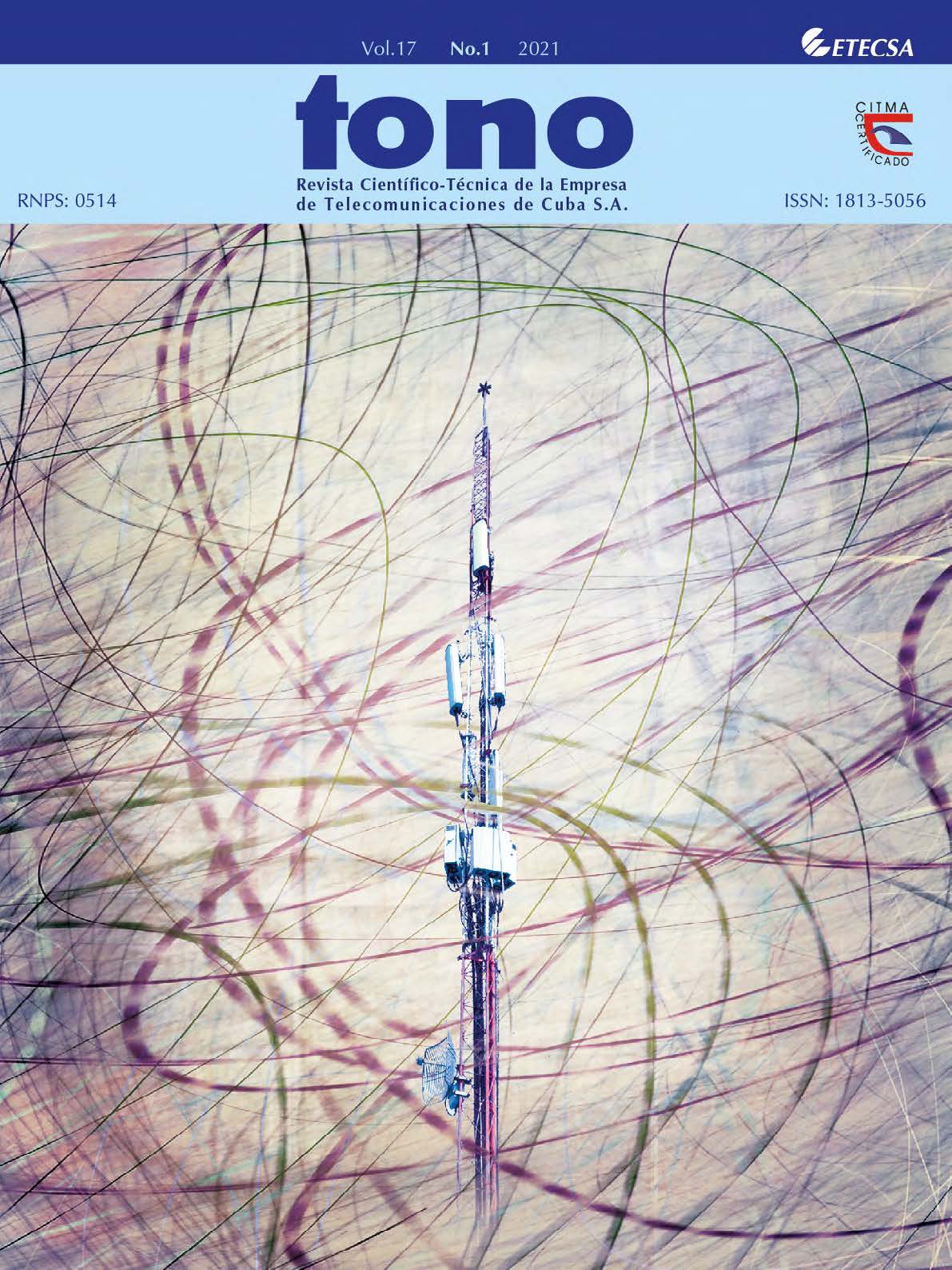Use of HFSS in the Design and Simulation of a Holographic Antenna with reflector for the Ka Band (30GHz)
Keywords:
Holographic Antennas, Holograms, Radiation Pattern, Directivity, Feeder Antenna, Substratum, HFSSAbstract
In the Telecommunications world, and with the upcoming arrival of the new generation of 5G wireless technologies, holographic antennas have been gaining more and more interest, thanks to their ease of integration, low costs, possibility of “adapting” their pattern of radiation and high bandwidth. The present research work consists of achieving a design and simulation of a single layer holographic reflector, intended for the 30 GHz Ka band; with a radiation pattern normal to the holographic surface and the possibility of being used in applications of Local Multipoint Distribution Systems (LMDS). Hence, a subtrate plate was used containing a substrate plate was used that contains a hologram (with conductive lines, which correspond to the interference
pattern of two sources: the power source and a desired radiation pattern), a horn antenna as a power antenna, and a surface reflector. This entire system was simulated through ANSOFT HFSS version 15.0 software. From the results obtained, a pattern directed in a normal way to the holographic surface is obtained, with greater directivity and gain than if a reflector plate were not used, while constituting a small design, easy to integrate and build.

